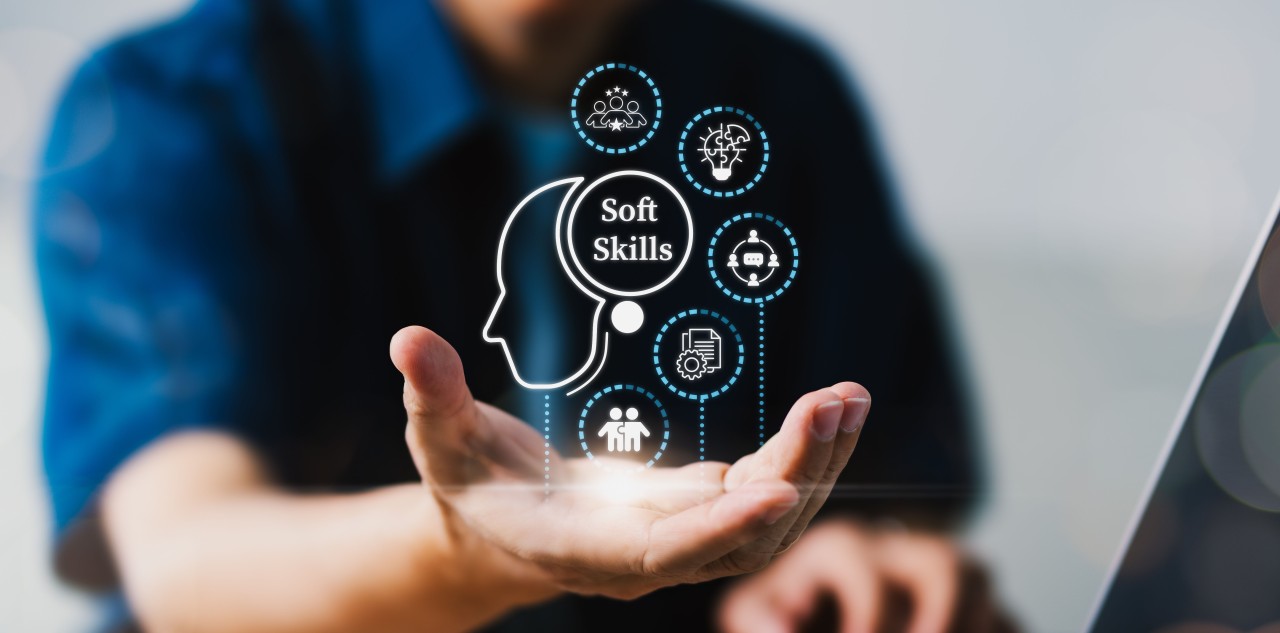AI in Pharma: Balancing Innovation with Ethics




The evolution of Data Science applicable to healthcare has been undergoing a major acceleration in recent years. Data has been applied robustly in this field for some time now, but with the development of increasingly advanced techniques in machine and deep learning and others more related to AI, such as natural language processing (NPL), the evolution of the value obtained from data is becoming exponential.
It is complicated to have all the necessary profiles in each phase of a project of this type since they have, by their very nature, a clear multidisciplinary component. In this sense, the support of Talent As a Service models to have the right talent at the right time is key.
Another fundamental element is to know which phases must be undertaken so that innovation in the healthcare data strategy delivers the necessary value in a safe way; all of them are important and necessary.
This sequence of phases will allow us to innovate and maximize the value of our data with an adequate risk control, obtaining key support in decision making.
References
10 Data Science Papers for Academic Research in 2024 .- Analytics Insight (2023)
Latest Trends in Data Science 2024 .- GreatLearning (2024)
What Does Natural Language Processing Mean for Biomedicine? .- Yale School of Medicine (2023)
Natural language processing in healthcare .- McKinsey & Company (2018)
Natural Language Processing for Health-Related Texts .- Sprinkler (2021)
Natural Language Processing in Health Care and Biomedicine .- Sprinkler (2013)


As the pharmaceutical industry sails into the horizon of 2024, it faces a sea of transformation, stirred by the winds of technological innovation and the currents of a global health crisis. The quest for talent has become the epicenter of strategic discussions, as companies strive to navigate these uncharted waters successfully. Drawing upon insights from industry analyses, including the critical perspectives offered in the “State of the Global Workplace: 2023 Report” by Gallup, this exploration delves briefly into the intricate dynamics of modern talent acquisition within the pharmaceutical realm.
The sector’s landscape is marked by rapid technological advancements, a paradigm shift towards patient-centric approaches, and an increasing emphasis on digital and data-driven methodologies. This evolution demands a workforce that is not only scientifically adept but also versatile in navigating the digital realm, underscoring the importance of attracting and retaining the right talent.
As we delve deeper into the intricacies of talent acquisition in the pharmaceutical industry, several strategies emerge as navigational aids in this journey:
The journey of talent acquisition in the pharmaceutical industry is complex, requiring a multifaceted approach that balances traditional human resource practices with innovative strategies tailored to the unique challenges of the sector. As organizations chart their course through these turbulent waters, the focus must remain on adapting to the changing tides, embracing innovation, and fostering a culture that attracts, nurtures, and retains the brightest minds. In doing so, the pharmaceutical industry can continue to thrive, driven by a workforce that is not only skilled but also committed to advancing healthcare for all.


As we progress in our careers and take on greater responsibilities within our organizations, it becomes evident that professional skill development is just as crucial as technical competence. While we often associate training with acquiring skills and knowledge directly related to the technical performance of our job, the reality of daily work requires a different set of skills. These include managing diverse workgroups with varying profiles and expectations, developing professional networking, handling difficult clients, communication and interpersonal skills, complex negotiations, and adapting to changing environments. This set of skills is commonly referred to as “soft skills.”
Soft skills encompass competencies related to personal behavior, social relationships, leadership, and emotional management. They enable us to interact and manage our environment effectively. On the other hand, technical skills, known as “hard skills,” are the specific technical abilities required to perform a job. Mastery of technical aspects is essential for any career: a doctor must diagnose accurately, an architect must design creative and functional spaces, and a marketing professional must understand and segment their audience, manage a budget, or develop a marketing plan. However, these competencies, while necessary, are not always sufficient for a successful professional career. We all know individuals who, despite being technically proficient, are stalled in their careers due to their inability to relate optimally with their environment or to leverage their strengths and achievements.
We are often hired for our technical abilities but grow in our careers through our professional skills. As we accumulate years of professional experience, technical competencies gradually give way to the need to develop other types of soft skills directly related to higher responsibilities, such as team management, leadership, change management, and strategy development. Interestingly, while hard skills are acquired systematically and procedurally through academic life and continuous training, professional competencies are often learned (if at all) through practice, typically in a haphazard manner, late, and usually after making many mistakes due to not having internalized them when assuming responsibilities where their use was critical.
The list of potential non-technical skills to consider in our professional development is extensive, especially given the increasing variability of professional profiles in an ever-more specialized world. However, a preliminary categorization to help distribute this broad list might include:
– Innovation and Entrepreneurship: Constantly seeking to change our environment.
– Professionalism and Integrity: Being a good professional requires being a good person.
– Creativity: Thinking outside the box to find new solutions.
– Growth Mindset: Continuously seeking to learn and improve.
– Clarity of Professional Goals: Knowing what we want professionally.
– Acting in Accordance with Future Goals: Aligning today’s actions with tomorrow’s expectations.
– Wealth vs. Influence: Understanding whether we aim to be rich or to have significant influence can guide our career decisions and reduce frustration from unmet expectations.
– Networking Development: Building a network of contacts with the principle of “giving without expecting, receiving without forgetting.”
– Communication: Effectively conveying ideas and listening to others.
– Negotiation and Difficult Situations Management: Handling complex interactions smoothly.
– Adaptability: Adjusting to a constantly changing environment.
A generation ago, the functions and competencies associated with job positions remained static for many years. Today, new competencies, challenges, and skills are constantly required, necessitating continuous evolution. Our ability to manage change and adapt is arguably the most critical aspect to consider in our professional training. In a rapidly shifting professional landscape, those who can evolve and adjust their skill set in response to new demands will be the most successful.
In conclusion, while technical skills form the foundation of our professional capabilities, it is the soft skills that enable us to grow, adapt, and excel in our careers. A balanced development of both sets of skills is essential for achieving long-term professional success and personal fulfillment.